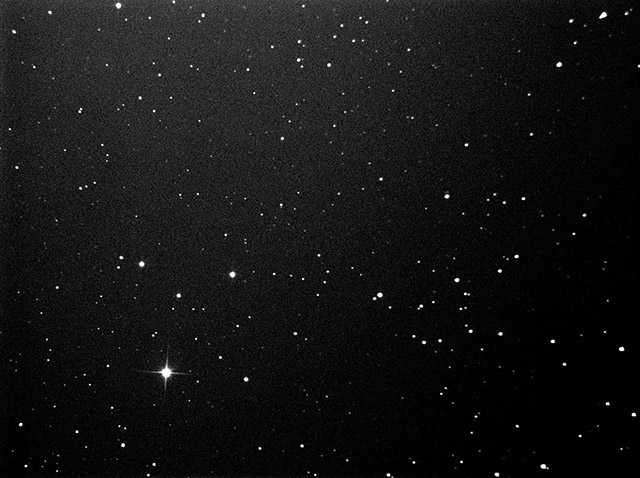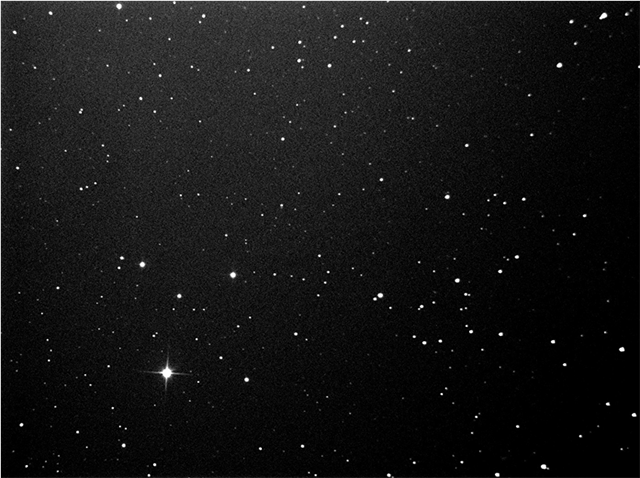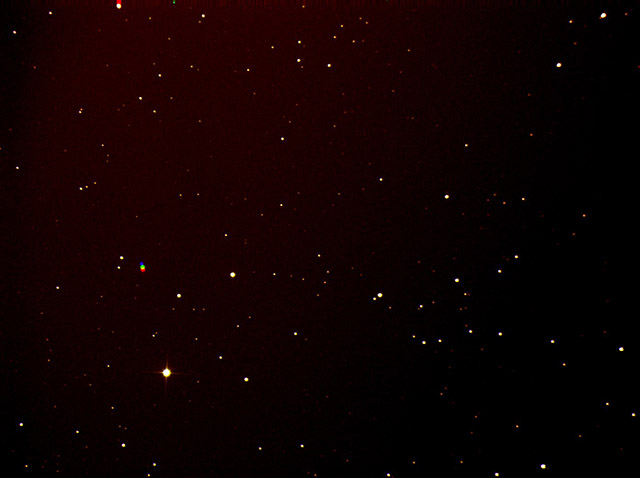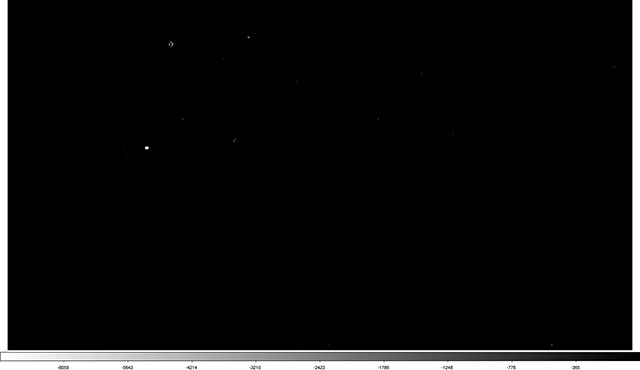Asteroids: why we should look for them and how we do it.

In the past few years the astronomical community has begun to expend a fair bit of resources in the search for asteroids. Apart from the curiosity aspect of looking for such objects, there is a real, practical reason to locate these things: an asteroid collision with the Earth.
The collision of the Earth with an asteroid has the very real possibility of causing an extinction event such as happened to the dinosaurs about 65 million years ago. Only this time it won't be the dinosaurs that will be wiped out, it will be us. This is the practical impetus in looking for asteroids, especially a class of asteroids known as Near Earth Objects (NEOs) as these are the ones with a possibility of hitting the Earth.
Now as of this writing there are about 12800 known NEOs of all sizes. Of these there are about 1600 known Potentially Hazardous Asteroids (PHAs). I've emphasised the word "known" for a reason. We discover several hundred NEO's a year (of which about 13% will be PHAs). The PHAs are, upon discovery, the asteroids that get intensely studied, as we need accurate orbit determinations to work out if they will impact the Earth. It is important to note that an asteroid being a PHA does not automatically mean it will impact the Earth, but that the potential is there and we should keep our eyes on it.
So that is the why, now for the how. Asteroids are very dim. This is due to the fact that they are a) small and b) have low albedos. Compounding this is that they tend to look just like dim stars on an image plate such as this:

The asteroid 2-Pallas is in this frame
Now I won't blame you if you can't find the asteroid 2-Pallas on this frame. So the trick is to find the asteroid. We do this by taking an image of the same part of the sky at a different time. The stars are so far away that in any reasonable period of time (a few days for example) the stars will not appear to move, but the asteroid will. This GIF animation shows Pallas' motion over the period of an hour:

Pallas' motion over an hour
A pretty way is to take three images over a period of time and make a colour RGB image, each image forms one of the red, green, or blue channels. In this case the stars come out as basically white and three dots, one red, one green, and one blue mark where the asteroid has moved:

Three colour asteroid image.
Seems simple enough, except that it's a big sky. The image of Pallas is from a moderately sized telescope (0.2m) using a relatively small imager. The frame is about 0.64 degrees of arc by about 0.48 degrees of arc or about 0.31 square degrees. The entire sky is about 41253 square degrees so this image is about 0.0007% of the sky. A search with this instrument would be a time consuming task indeed.
Using an instrument with a larger field of view will help with that, but causes a second problem, there are a lot more stars in larger fields of view. Now it will take more time after the observation to check to see which points of light moved. One way is to use two images (like those used to make the animation above) and use a computer to mark where each star is on each frame and show the ones that moved. There will be false positives of course, which will have to be followed up by human intervention. One can also subtract one frame from the other (earlier-later) which gives something like this for our frames of Pallas:

Pallus with the stars subtracted.
In this case the fixed stars should subtract out leaving just the asteroid. Though if you look closely there are some false positives here too due to imaging factors.
So the difficult task remains, but an important one. There are many projects seeking these objects and it is an area where amateur astronomers looking for a project can do some real science by joining the hunt. I won't go into what to do if we find the asteroid with our name on it, that's for another post on another day.
